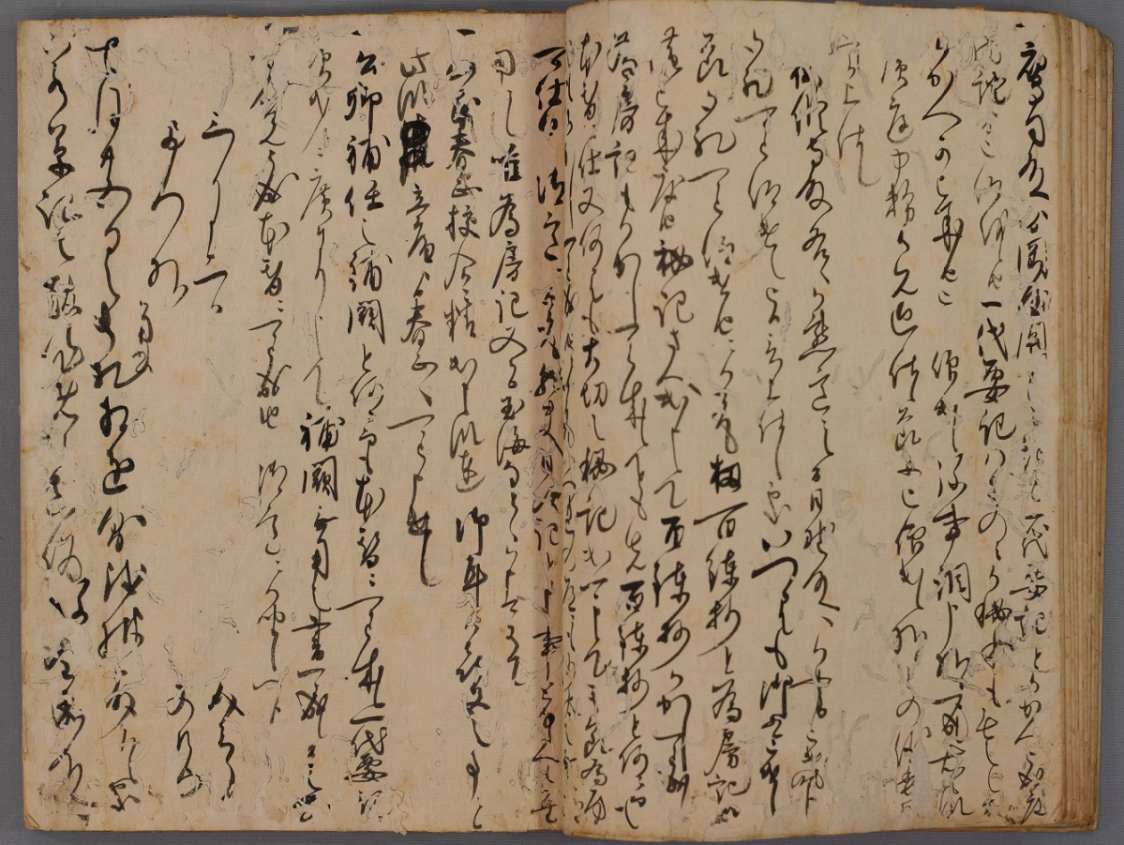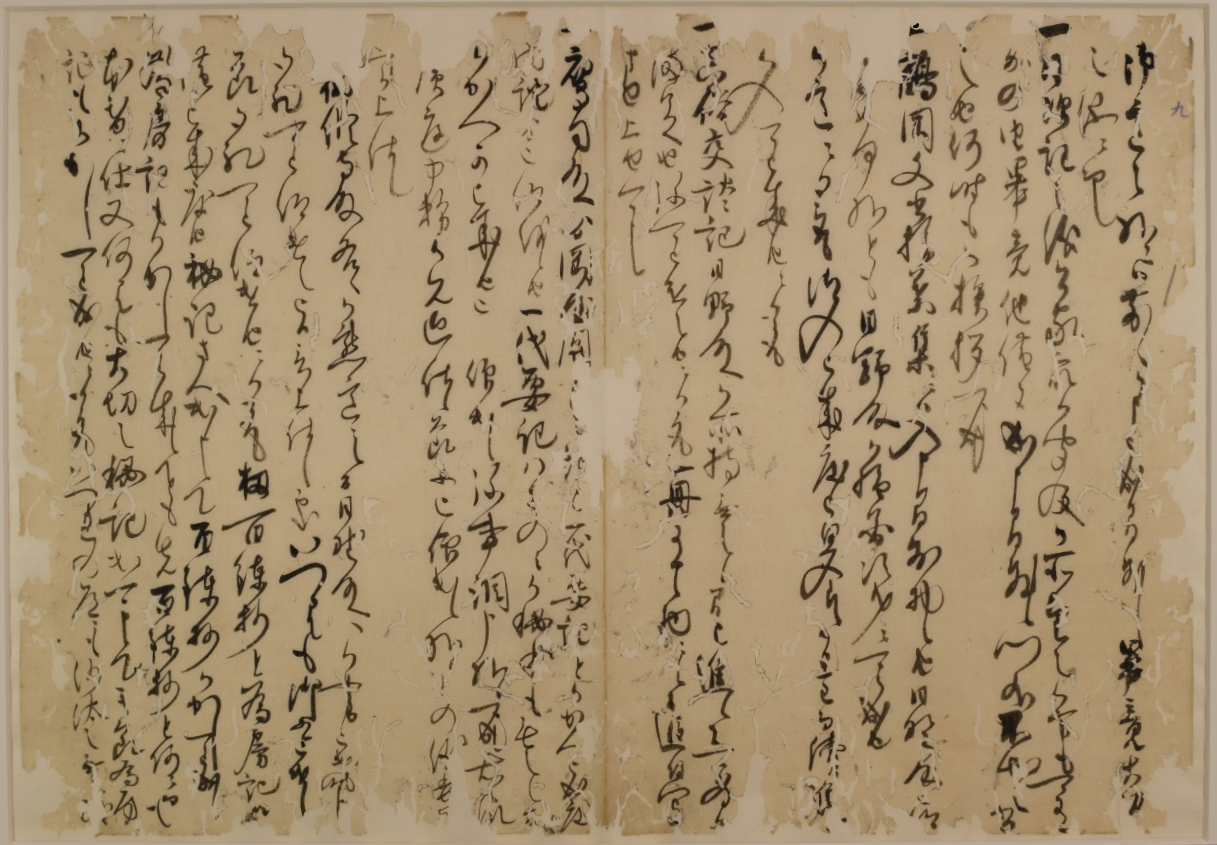What's "Dainihonshi hensan kiroku"?

Dainihonshi hensan kiroku (大日本史編纂記録) is a collection of more than 6,000 letters (copies) exchanged between Shokokan (彰考館; Mito Domain’s office for history compilation) in Mito (currently in Ibaraki Prefecture) and Edo (currently Tokyo) and their Kyoto office regarding the compilation of Dainihonshi (*1) by Tokugawa Mitsukuni (徳川光圀; 1628-1701).
In order to compile Dainihonshi, investigations were made on historical records held by daimyos (feudal lords) in Edo and temples, shrines and nobles in Kyoto and Nara, as well as historical literature, including Hogen heiji monogatari (保元平治物語) and Taiheiki (太平記). The number of people and organizations mentioned in the letters amounts to 42,810 and that of historical records and literature works stands at 15,159 in total. This proves that Dainihonshi hensan kiroku is a first-class historical record that reflects a wide range of aspects of the time, such as history, literature, Confucianism and Japanese classical literature, as well as the publishing culture during the Genroku Period.
(*1) Dainihonshi
Dainihonshi (大日本史), literally Great History of Japan, is a book on the history of Japan consisting of 397 volumes compiled during the Edo Period. It is written in the form of annals and biographies and covers from the reign of Emperor Jinmu (神武天皇) to that of Emperor Gokomatsu (後小松天皇; r. 1382-1412). Under the order of Tokugawa Mitsukuni, Mito Domain established an office for history compilation and started the compilation of Dainihonshi in 1657. The project was completed in 1906.
Restoration and Digitization of Dainihonshi hensan kiroku
In order to preserve this rare material and hand it down to future generations, the Kyoto University Museum and the Graduate School of Letters are carrying out a restoration and digitalization project.
The rare material, before being restored, consisted of 248 volumes of about 10,000 sheets (one sheet folded in half to form a pouch makes two pages) in the form of fukuro-toji yotsume-toji (袋綴四つ目綴装) with sheets of papers folded at the fore edge and sewn at the back edge at four points. However, the rebinding and restoration done to the material during the Edo period were not appropriate to secure its long-term preservation; they also made it impossible to read the majority of the volumes without damaging them, because the text near the back edge was sewn inside the spine.
Therefore, a restoration project was launched in academic year 2017. The project is funded by the Sumitomo Foundation, and also by government. The Graduate School of Letters has also set up Kyoto University Fund for the restoration of its library collection and the Kyoto University Museum acquired the university's special budget for this project in 2018.
- Grant for Projects for the Protection, Preservation & Restoration of Cultural Properties in Japan by the Sumitomo Foundation: adopted project in FY2017-2021
Preservation and restoration of Dainihonshi hensan kiroku [Edo Period] (Important Cultural Property) || 大日本史編纂記録(だいにほんしへんさんきろく)保存修理事業 [江戸時代] (重要文化財)[Japanese only] - Government subsidy in FY2021-2022
- Kyoto university Fund: Special Purpose Fund for the Graduate School of Letters Library Collection
Each volume of Dainihonshi hensan kiroku is to be released on the Internet through Kyoto University Rare Materials Digital Archive upon the completion of restoration and digitization processes.
 |
 |
